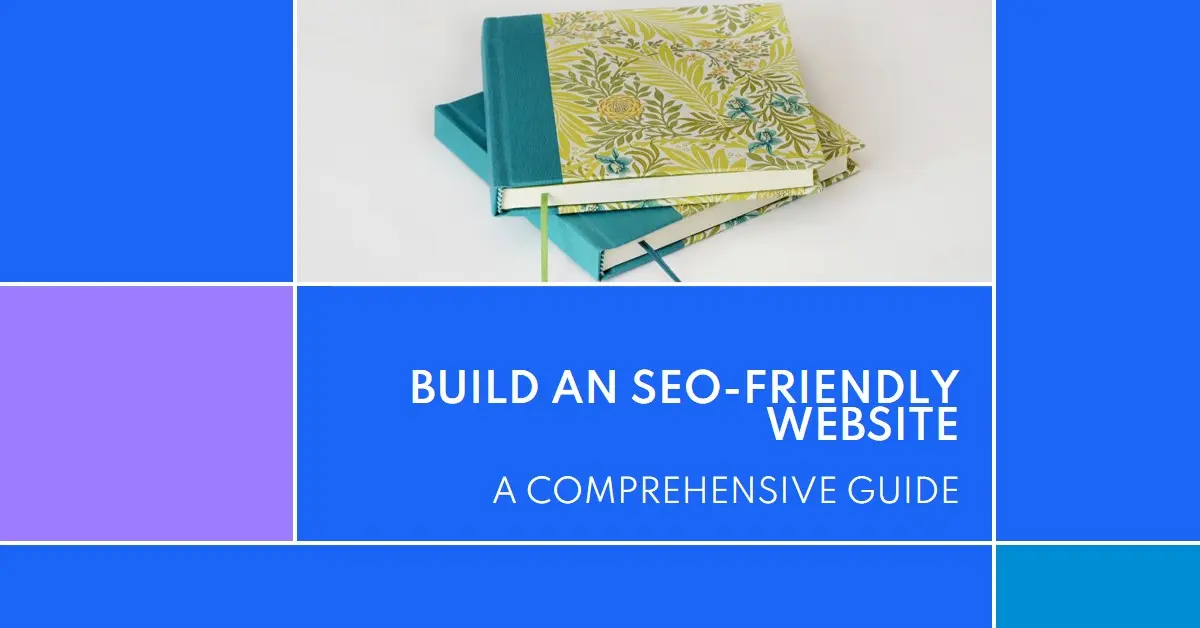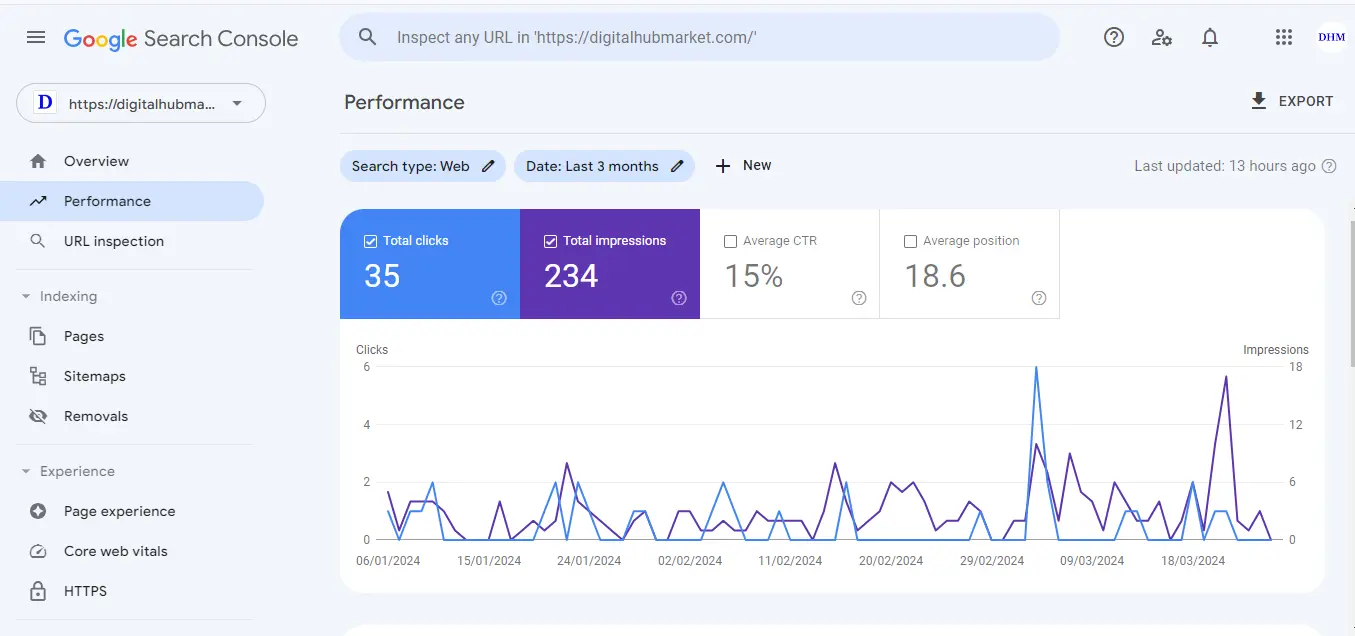Create an SEO-Friendly Website

How to Create an SEO-Friendly Website: A Comprehensive Guide
Introduction
Creating a website that ranks well in search engines and provides a delightful user experience is critical for online success. In this detailed blog, we’ll cover the steps to design an SEO-friendly website and follow crucial SEO rules. Let’s dive in!

1. Plan Your Website Structure
When embarking on your website creation journey, start by meticulously planning your site structure. Here are some key considerations:
Depth of Site Structure
- Keep important pages within two to three clicks from the homepage. Avoid overly nested pages to ensure frequent crawling by search engines.
- Prioritize essential content and organize it logically.
Keyword Optimization for Top-Level Pages
- Optimize category pages for relevant keywords with search demand.
- Use descriptive and keyword-rich URLs for these pages.
Internal Links
- Properly place and link important pages in your site navigation to boost SEO.
- Ensure that internal links are relevant and add value to the user experience.
2. Set Up Google Search Console (GSC)

Google Search Console is a powerful tool that tracks your site’s organic search performance on Google. It allows you to:
Identify Website Errors
- GSC alerts you to crawl errors, broken links, and other issues affecting your site’s visibility.
- Regularly check for any issues reported in GSC and address them promptly.
Improve User Experience
- Monitor page speed and mobile usability through GSC.
- Optimize your site for faster loading times and mobile responsiveness.
Submit Sitemaps for Better Indexing
- Create an XML sitemap and submit it to GSC.
- This helps search engines discover and index your pages efficiently.
Get started with GSC here.
3. Keyword Research and Content Creation
Effective content starts with thorough keyword research:
Use Keywords Strategically
- Incorporate relevant keywords naturally into your content.
- Focus on long-tail keywords that align with your target audience’s search intent.
Create Unique, Helpful Content
- High-quality, original content attracts users and search engines alike.
- Solve problems, answer questions, and provide value to your audience.
Link to Relevant Content
- Include internal and external links to authoritative sources.
- Linking enhances user experience and signals credibility to search engines.
4. On-Page SEO
Optimize individual pages for better search visibility:
Optimize Meta Tags
- Craft compelling meta titles and descriptions for each page.
- Use relevant keywords while keeping them concise and engaging.
Use Header Tags (H1, H2, H3)
- Organize content using header tags.
- Include target keywords in your headings.
Optimize Images
- Use descriptive alt tags for images.
- Compress images to improve page load times.
Mobile-Friendly Design
- Ensure your website is responsive and mobile-friendly.
- Google prioritizes mobile-friendly sites in search results.
5. Technical SEO
Pay attention to technical aspects:
Submit Your Sitemap
- Speed up indexing by submitting your sitemap to search engines.
- Regularly update it as your site evolves.
Check for Broken Links
- Regularly audit and fix broken links.
- Broken links negatively impact user experience and SEO.
Improve Page Speed
- Faster-loading pages enhance user experience and SEO.
- Optimize images, minify code, and use browser caching.
6. Link Building
Build a strong backlink profile:
Quality Over Quantity
- Focus on acquiring high-quality backlinks from authoritative websites.
- Guest posting, influencer outreach, and content promotion can help.
Social Media Promotion
- Share your content on social platforms.
- Engage with your audience and encourage sharing.
7. Stay Updated with Google’s Guidelines
- Follow ethical practices (white hat SEO) and avoid black hat techniques.
- Stay informed about Google’s algorithm changes.
- Prioritize user satisfaction and engagement.
Remember, creating an SEO-friendly website is an ongoing process. Regularly monitor your site’s performance, adapt to changes, and continue optimizing for better rankings. Happy website building! 🚀🌐

